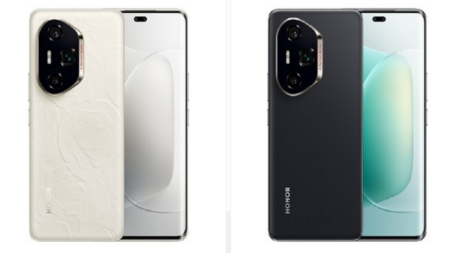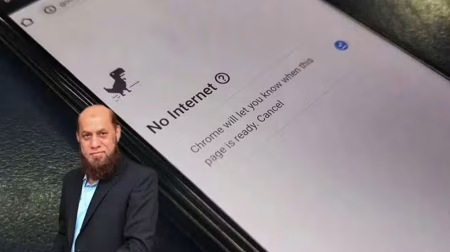Indonesia has widened its recent technology ban to encompass Google Pixel smartphones, following a similar prohibition against Apple’s iPhone 16 devices. The ban stems from Google’s non-compliance with Indonesia’s local content requirement, which mandates that 40% of product components or development come from domestic sources.
Ban on Google Pixel: Sales and Usage Restricted
As with the iPhone 16, the ban on Google Pixel devices includes not only sales but also the use of these phones within Indonesia. However, exceptions apply for airline crew members and tourists, who may bring up to two Pixel devices for personal use.
Local media outlet Kontan reports that around 22,000 Google Pixel devices are currently in Indonesia, mainly through personal imports. This was confirmed by a Ministry of Industry spokesperson during a recent press briefing.
Indonesia’s 40% Local Content Rule
Indonesia’s requirement of 40% local content can be met through domestic manufacturing, software development, or research and development facilities. The policy aims to drive foreign investment and bolster economic growth by encouraging tech companies to establish local infrastructure.
ALSO READ:
Android 15 is Breaking Google Pixel 6 Phones
A Vital Market in Southeast Asia
With a GDP exceeding $1 trillion, Indonesia is Southeast Asia’s largest economy and a pivotal market for tech manufacturers. The country currently has 285 million people, but projections estimate 350 million active mobile devices soon—a crucial indicator of growth and demand.
This significant local content regulation makes Indonesia’s market challenging for companies like Google and Apple, especially as mobile device adoption continues to expand rapidly in the region.
Google has yet to make an official statement regarding the ban.



